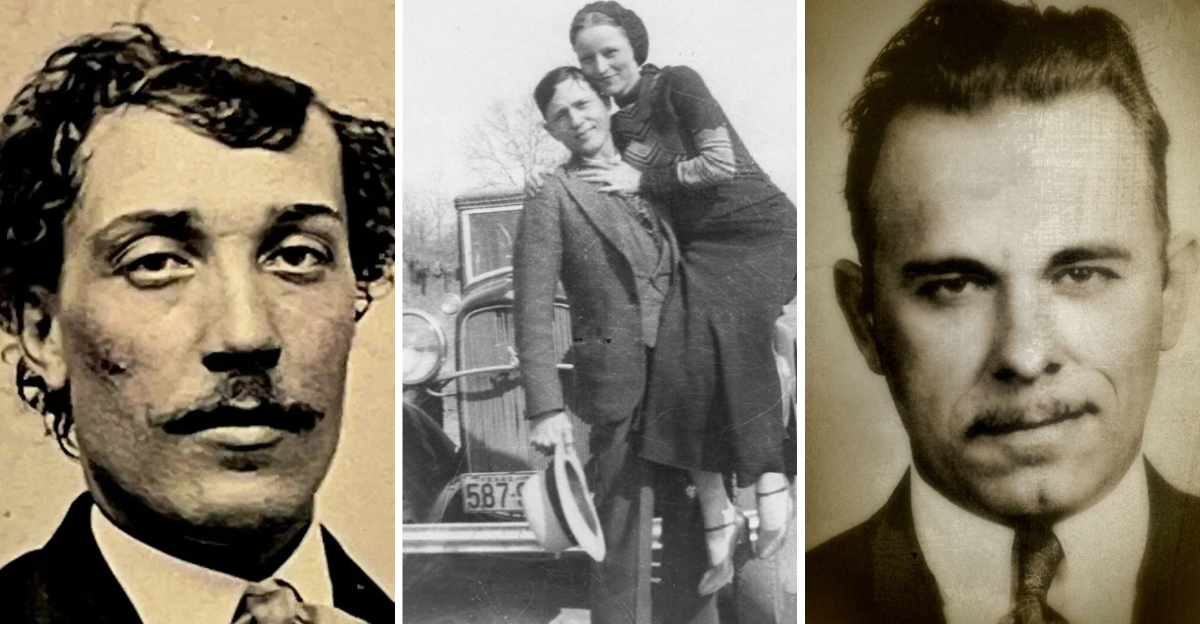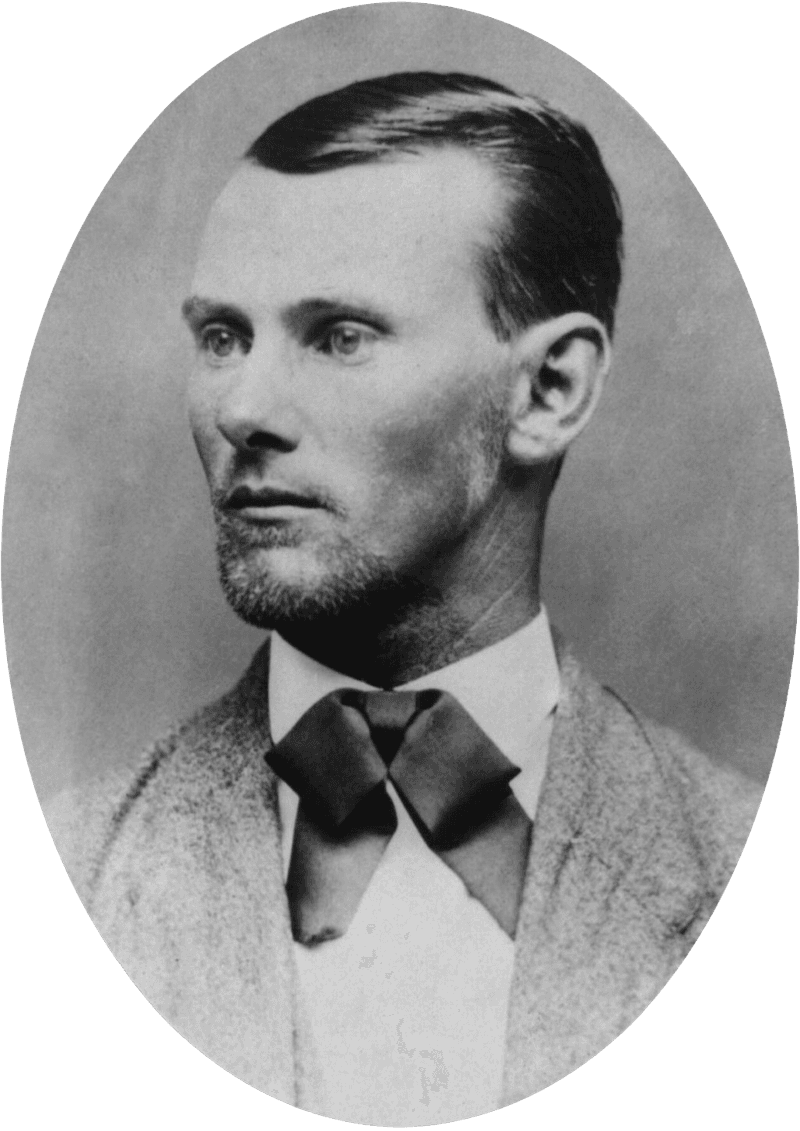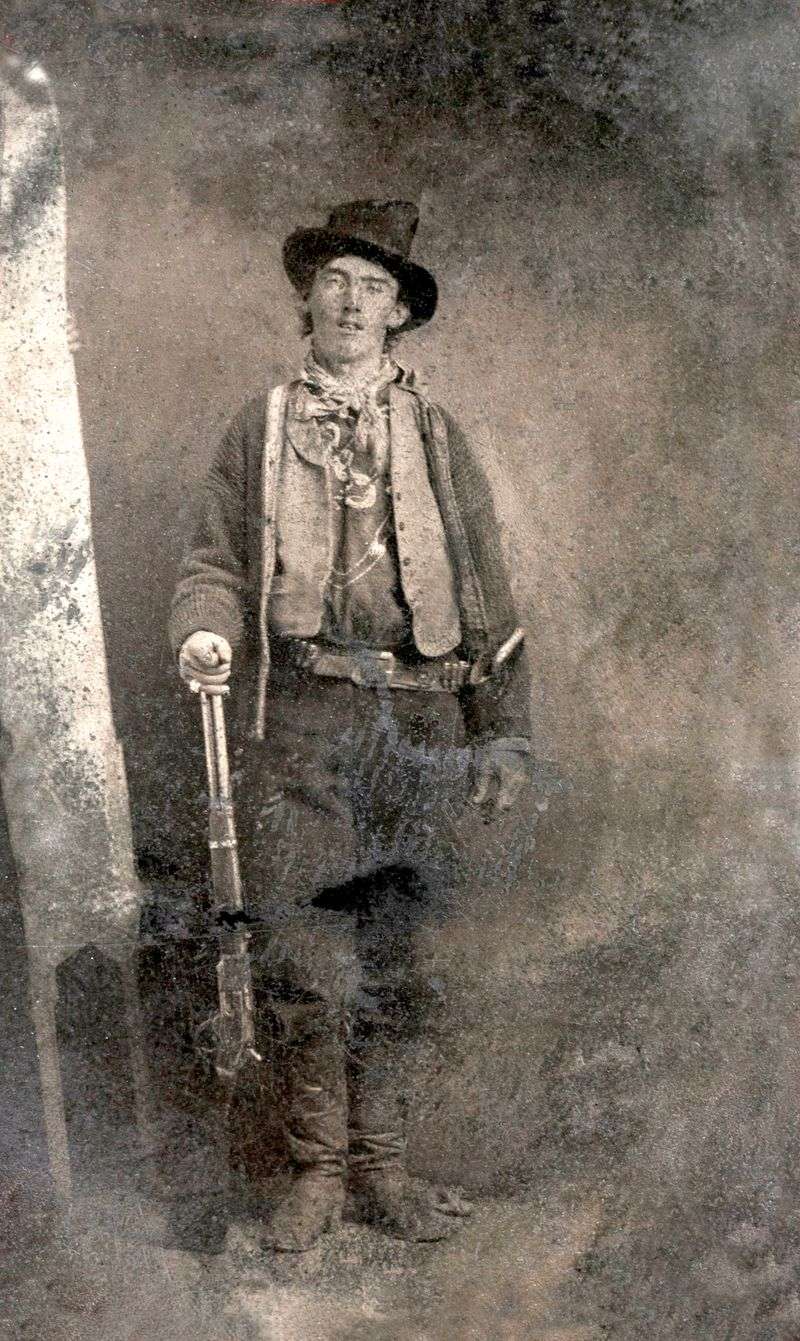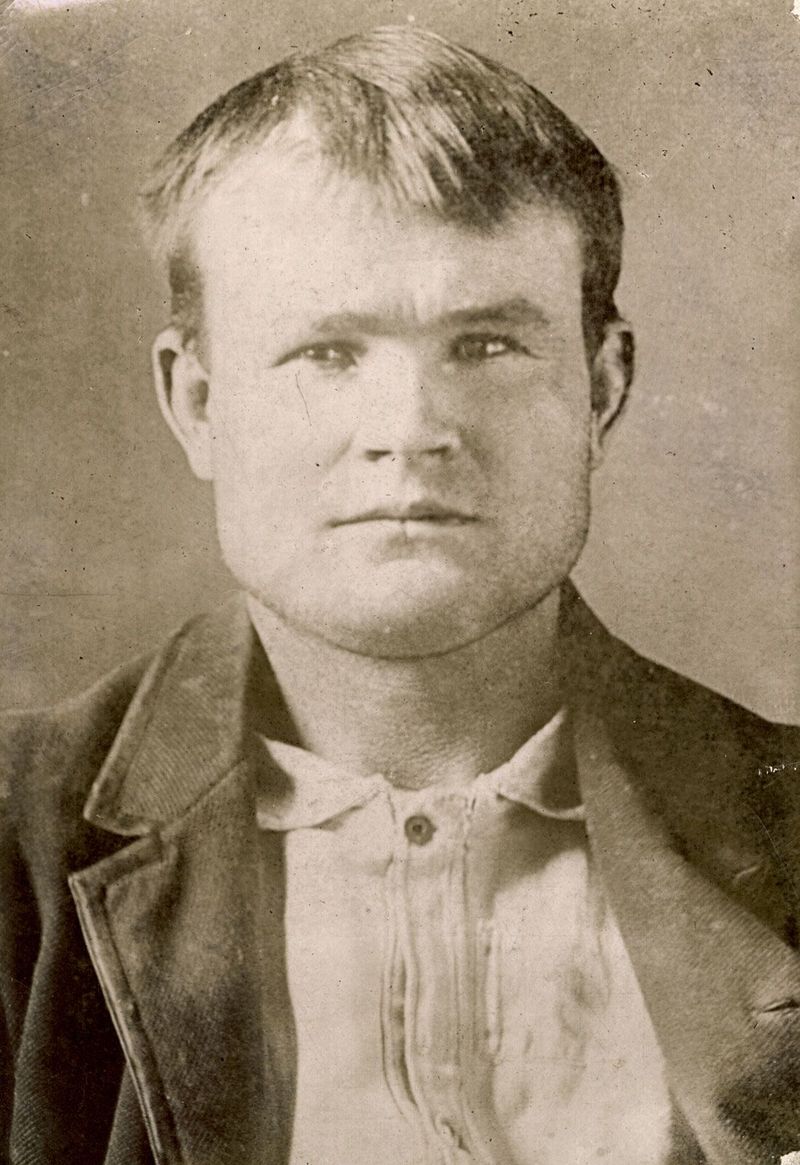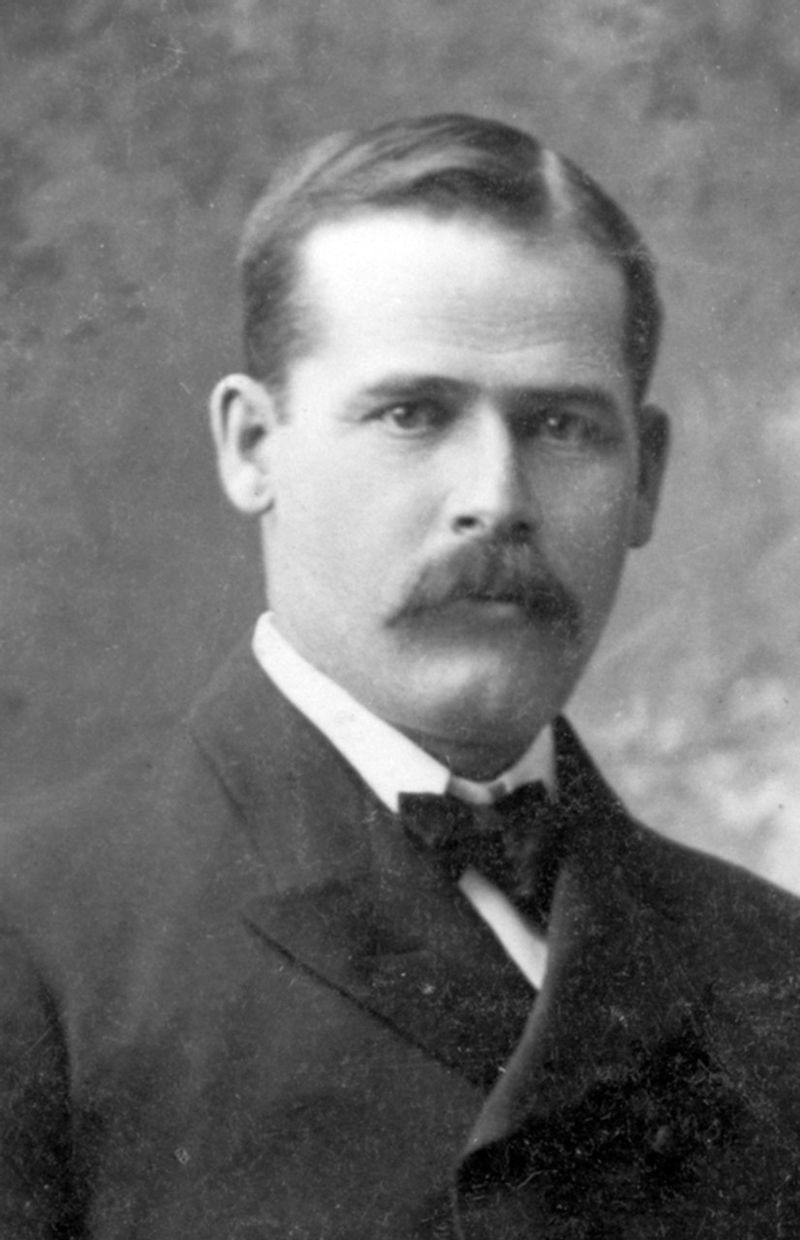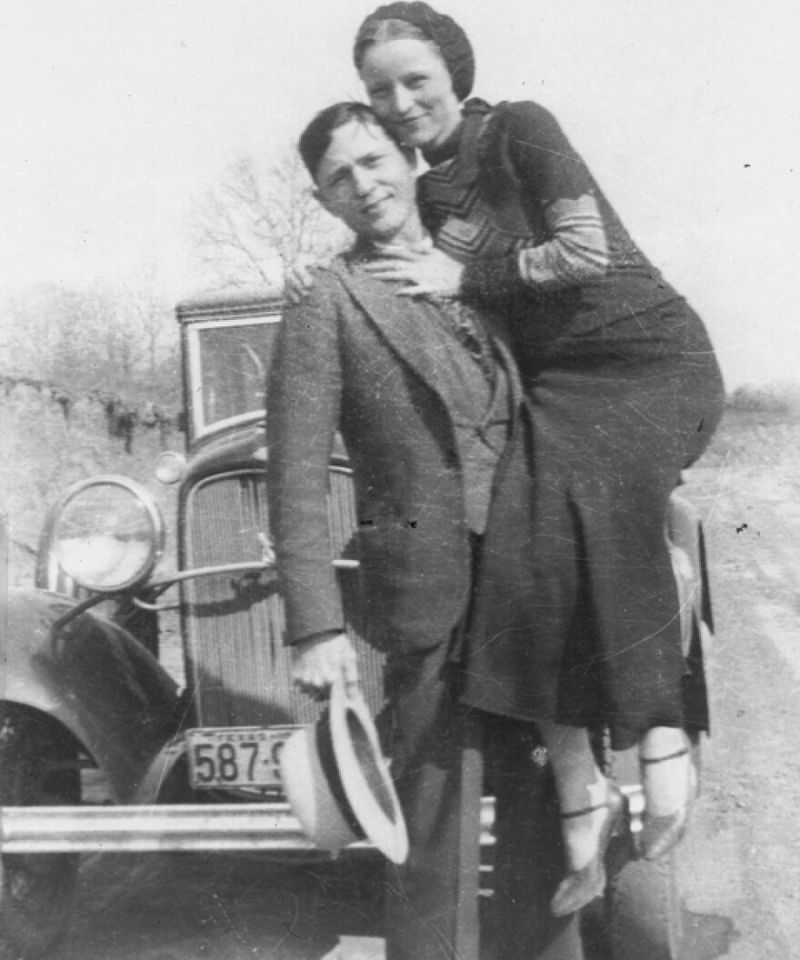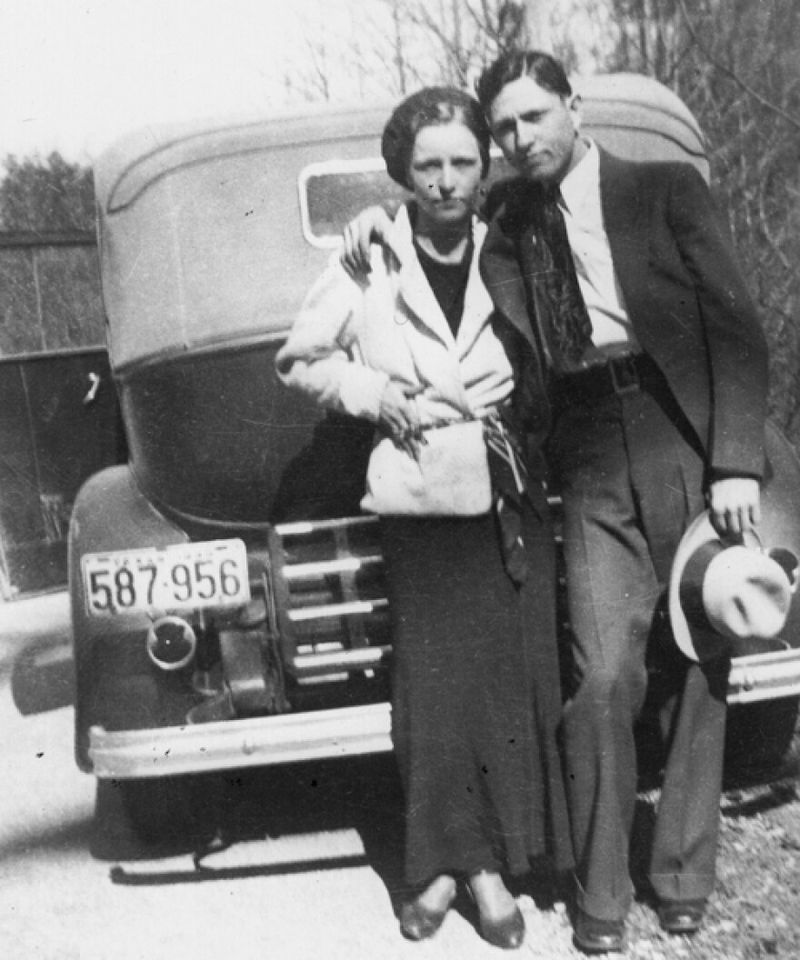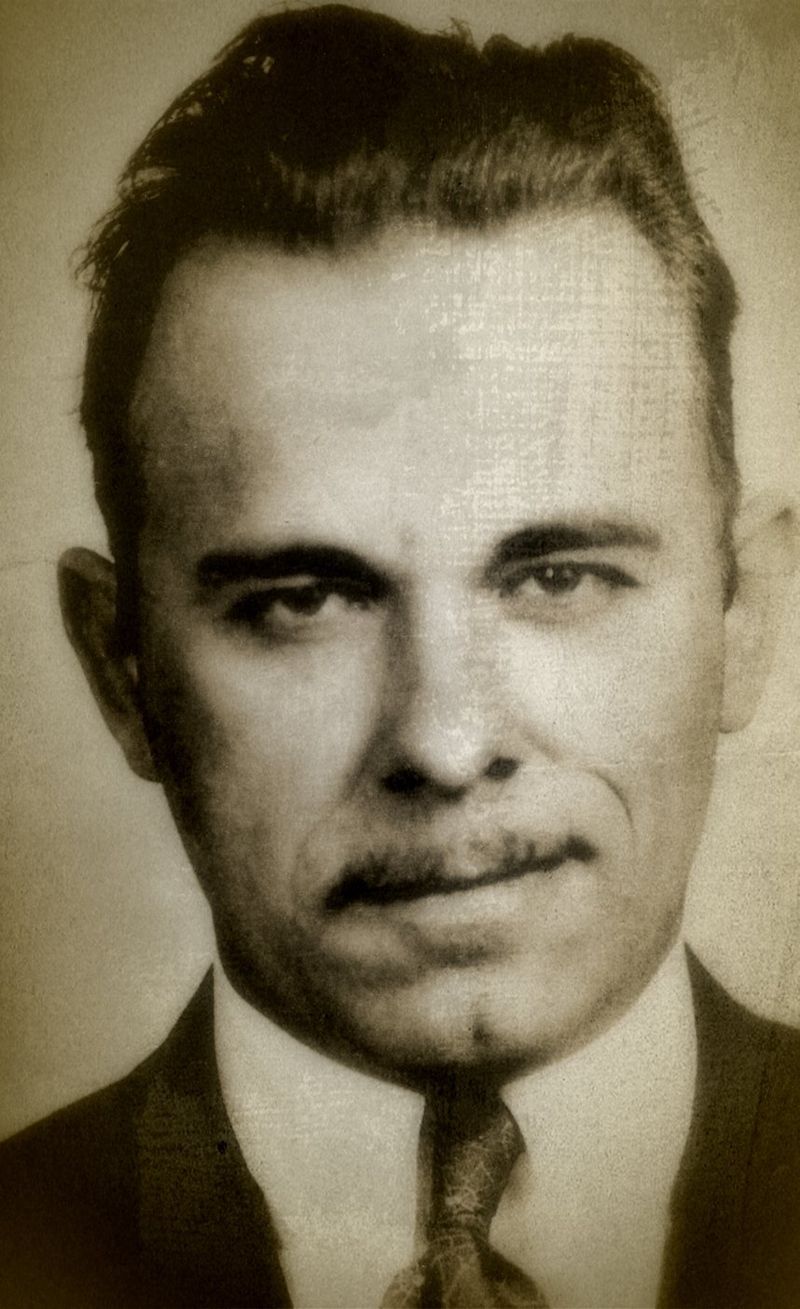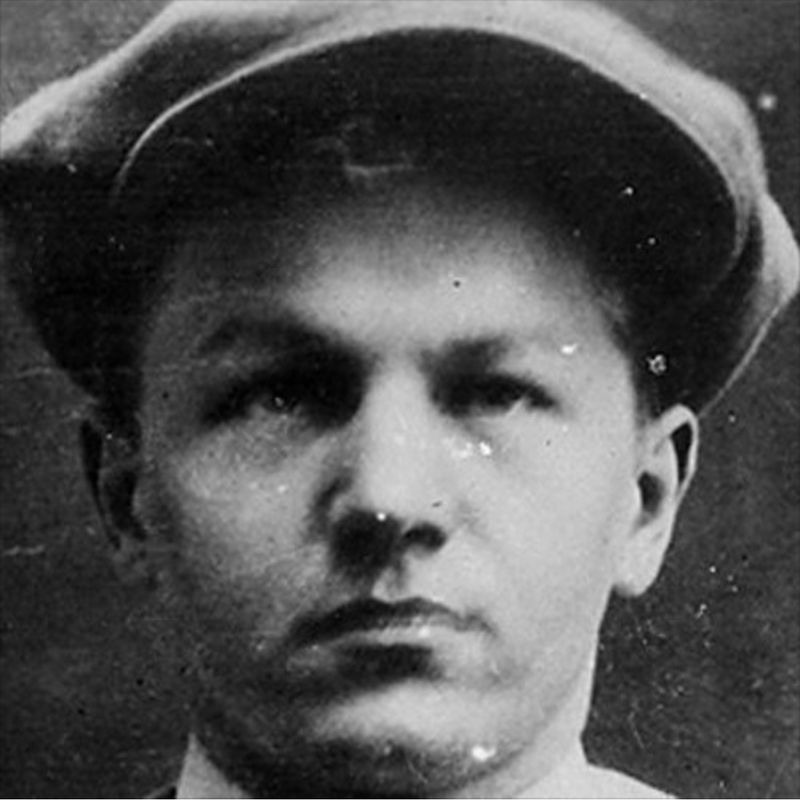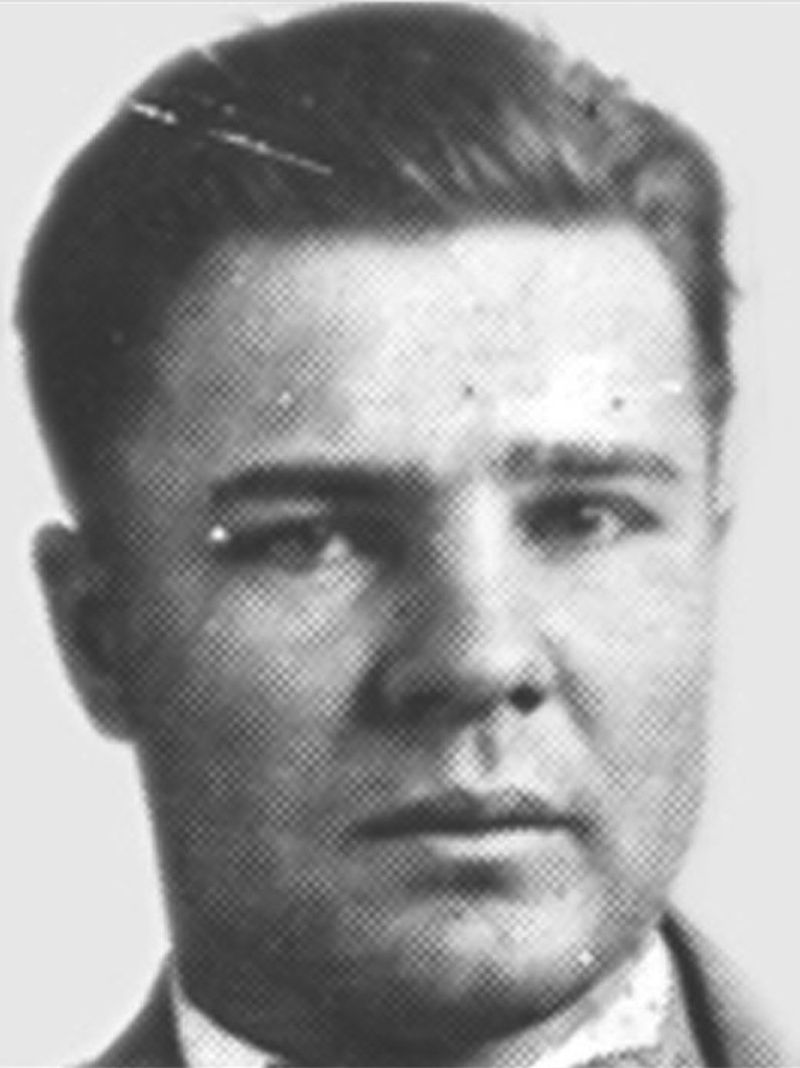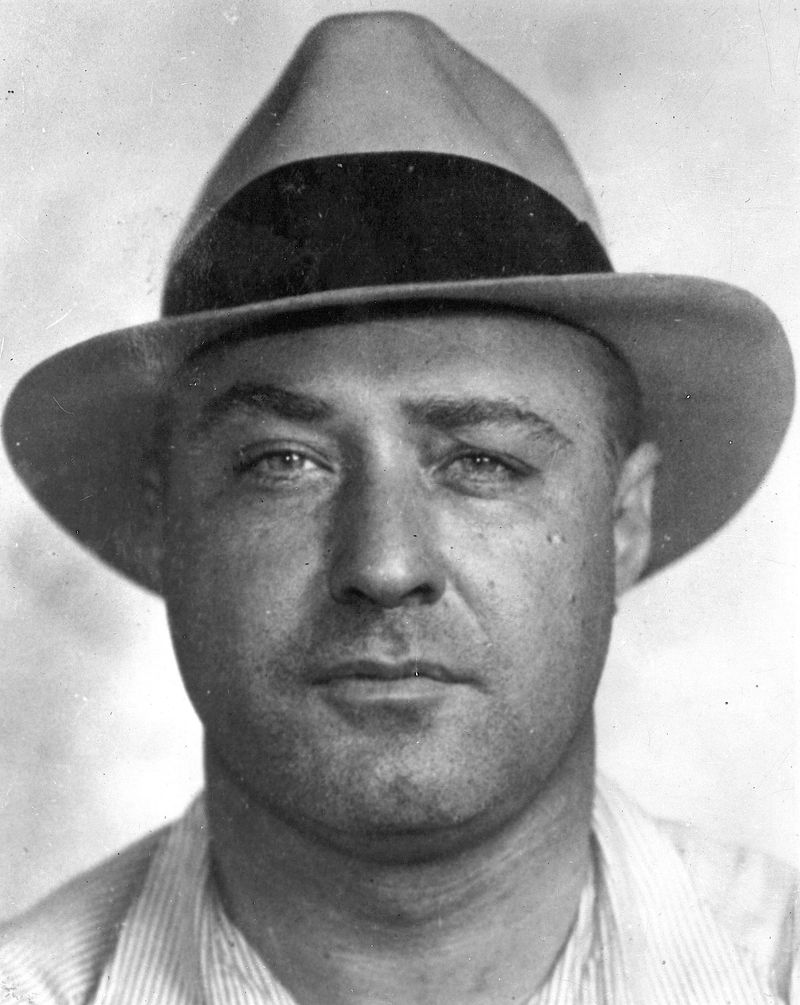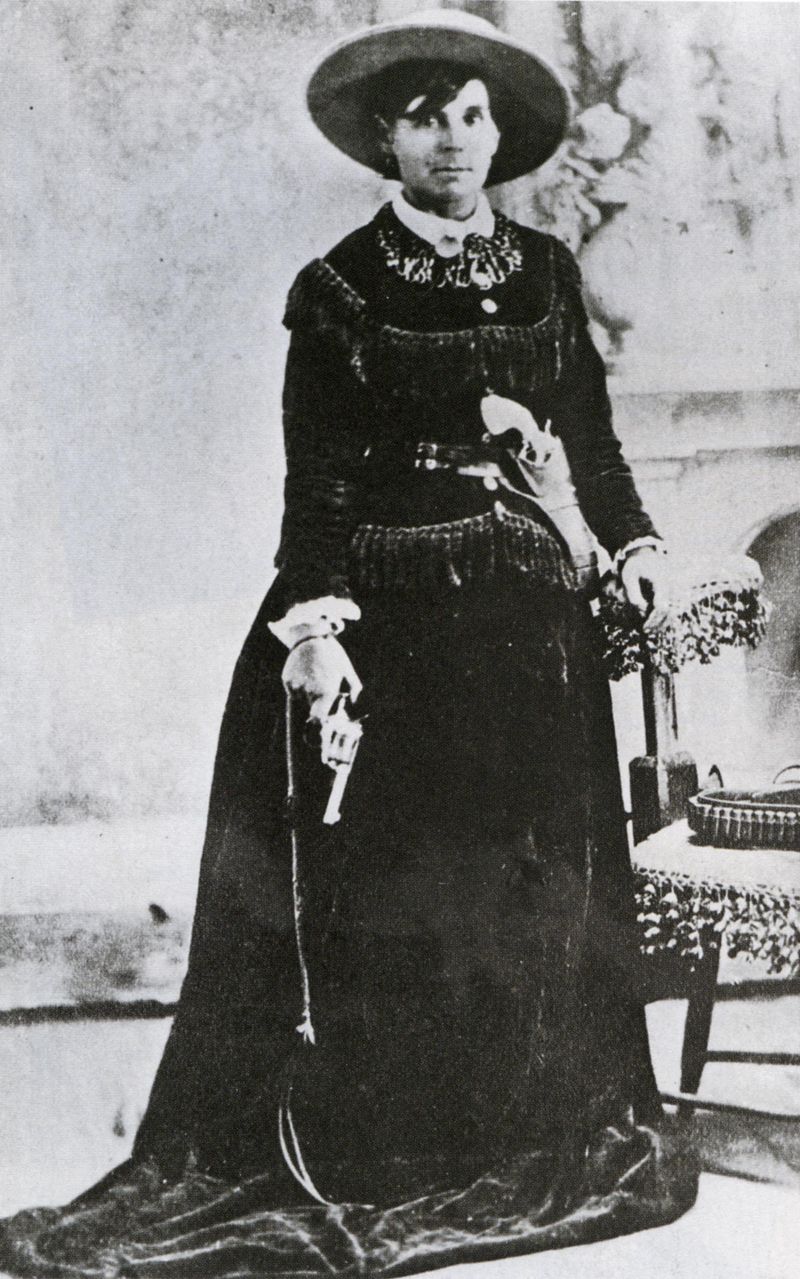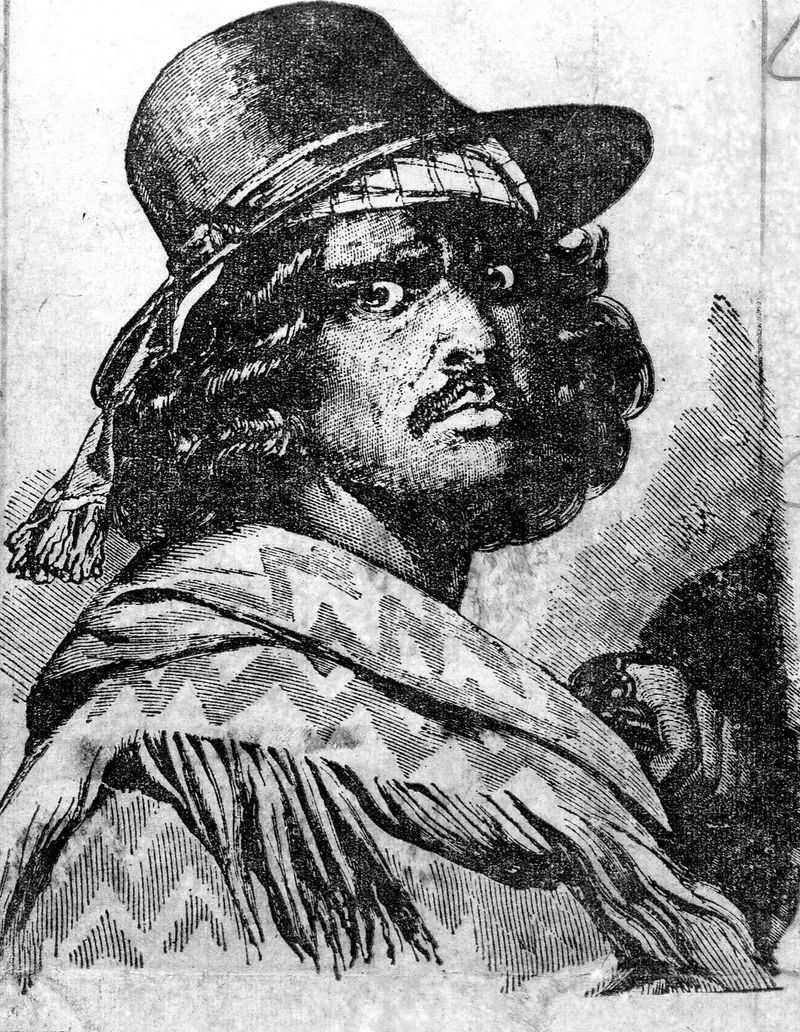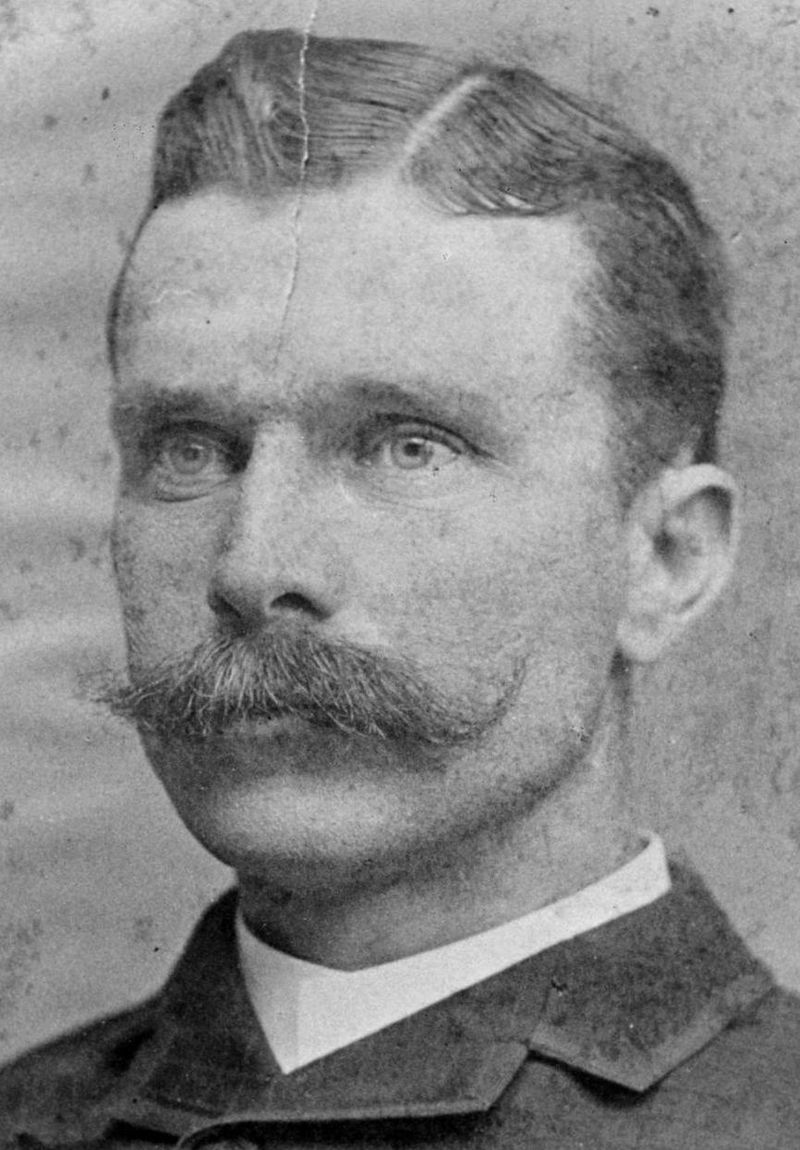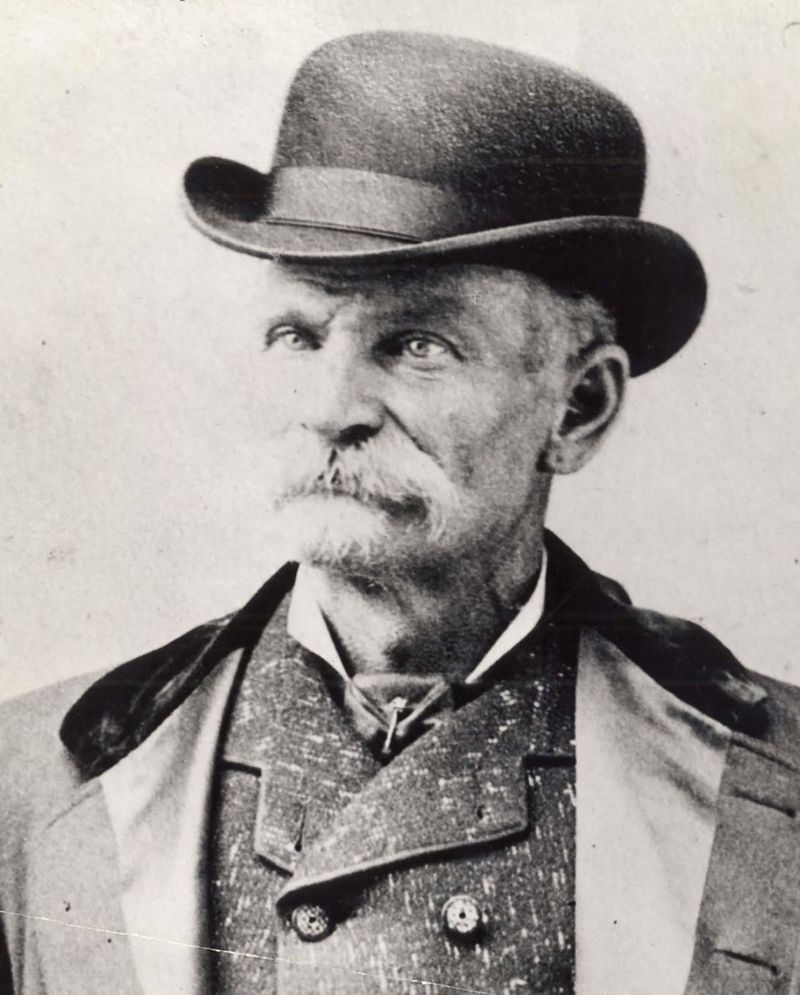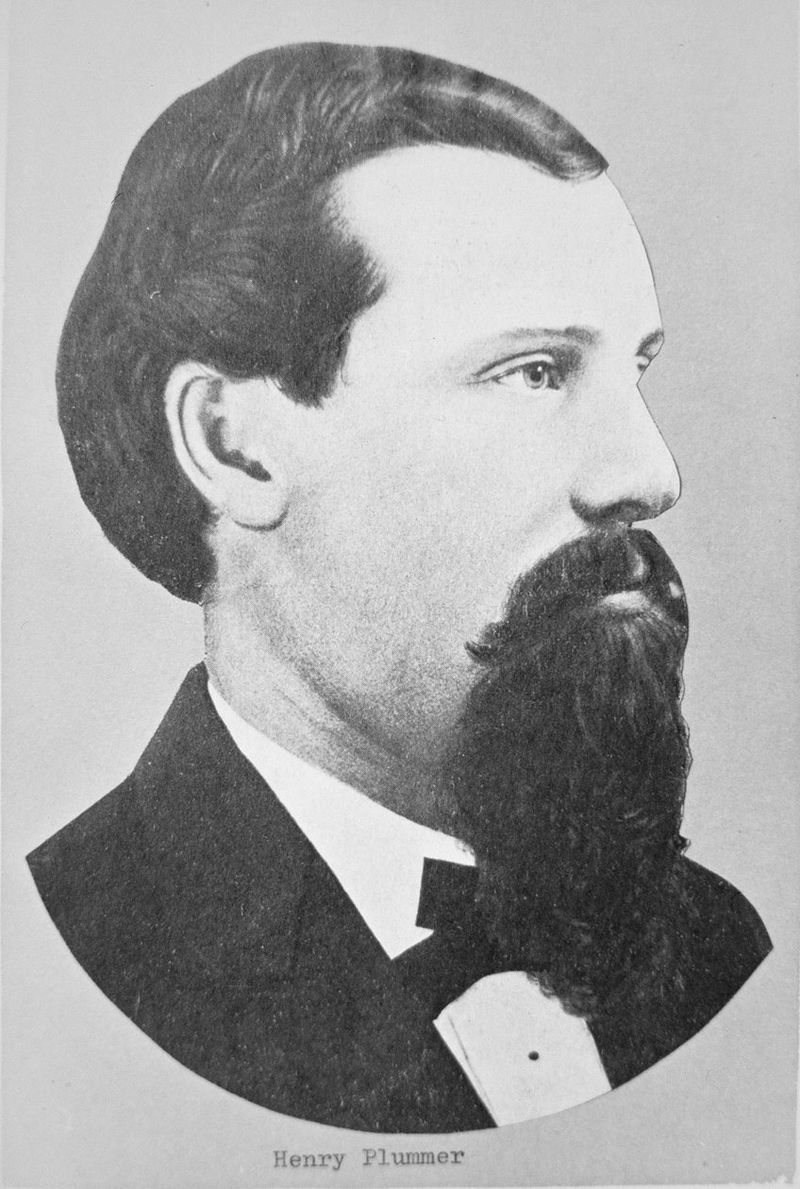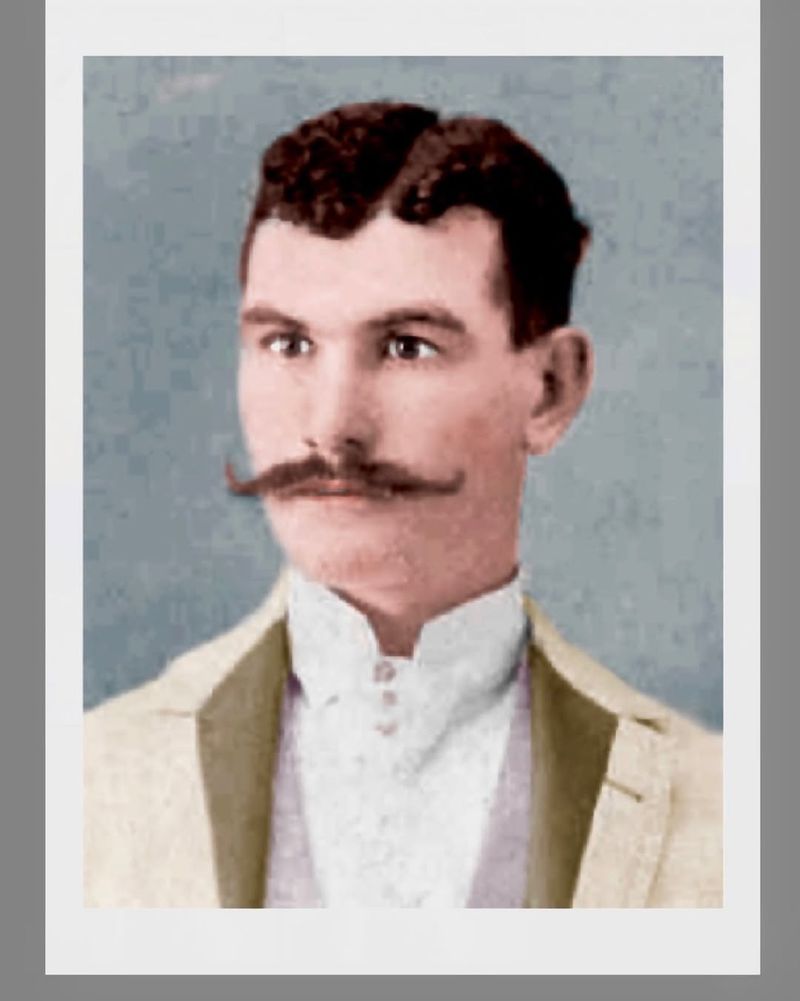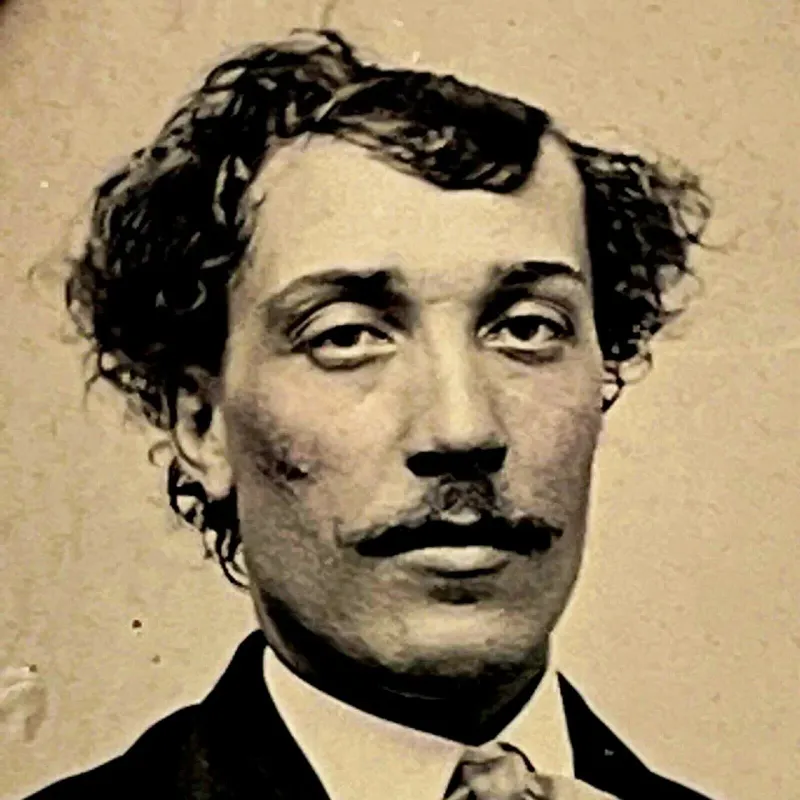The Wild West and the era of Prohibition gave rise to some of the most infamous outlaws in American history. These figures, often romanticized in folklore and film, met their ends in dramatic and deadly ways.
Some were gunned down in shootouts, while others met quieter demises. This blog post explores the fates of 20 legendary American outlaws, each leaving behind a legacy of crime and intrigue.
Their stories continue to capture the imagination, offering a glimpse into a turbulent time in American history.
1. Jesse James
Jesse James was one of America’s most notorious outlaws. Born in 1847, he was a charismatic leader of the James-Younger Gang, known for bank and train robberies. His life ended abruptly at age 34 when he was shot in the back by Robert Ford, a member of his own gang, in 1882.
Ford, motivated by the reward money, killed James in his own home in St. Joseph, Missouri. Despite his criminal life, James became a folk hero to many, symbolizing rebellion against authority.
His death marked the end of an era, yet his legend lives on in tales and ballads.
2. Billy the Kid
Billy the Kid, born Henry McCarty, was a famed outlaw of the Old West. He became infamous for his role in the Lincoln County War and his numerous escapes from captivity.
At just 21, his life of crime ended when he was shot and killed by Sheriff Pat Garrett in 1881 in Fort Sumner, New Mexico. Known for his youthful charm and audacity, Billy’s reputation grew after his death.
Legends of his escapades and supposed survival continue to intrigue historians and enthusiasts alike. His short, tumultuous life remains a symbol of the wild and untamed spirit of the frontier.
3. Butch Cassidy
Butch Cassidy, born Robert LeRoy Parker, was a notorious train and bank robber, leading the Wild Bunch gang. His criminal career took him across the American West and into South America.
In 1908, at age 42, Cassidy is believed to have met his end in a shootout with Bolivian authorities. The details surrounding his death remain debated, with some speculating he survived.
Nevertheless, Cassidy’s legend persists, celebrated in movies and literature. His charisma and cunning made him a captivating figure, embodying the rebellious spirit of outlaws who defied the law in pursuit of freedom.
4. The Sundance Kid
The Sundance Kid, born Harry Alonzo Longabaugh, was an infamous outlaw and partner of Butch Cassidy. Noted for his skill with a gun, he joined Cassidy’s Wild Bunch, participating in numerous heists.
Like Cassidy, his fate is shrouded in mystery. In 1908, at age 41, it’s believed he died alongside Cassidy in a Bolivian shootout. However, rumors of his survival have fueled speculation for years.
The Sundance Kid’s daring exploits and close partnership with Cassidy have immortalized him in Western folklore, capturing the audacious and adventurous nature of those who lived outside the law.
5. Bonnie Parker
Bonnie Parker, half of the infamous duo Bonnie and Clyde, became iconic during the Great Depression. Her life of crime with Clyde Barrow included bank robberies and shootouts.
At just 23, she met her end in 1934, ambushed and shot over 50 times by law enforcement in Louisiana. Despite her criminal acts, Bonnie’s story of rebellion and romance captured public fascination.
Her poetry and photographs with Clyde added a human element to their exploits. Her dramatic demise was a turning point, ending a notorious crime spree but cementing her legacy in American folklore.
6. Clyde Barrow
Clyde Barrow, the other half of the Bonnie and Clyde duo, was a notorious bank robber and gang leader. Known for his daring escapes and violent encounters with police, Clyde’s life of crime was both thrilling and dangerous.
At 25, his journey ended in 1934, killed alongside Bonnie Parker in a police ambush in Louisiana. Their deaths marked the culmination of a relentless pursuit by law enforcement.
Despite their criminality, the romance and audacity of Bonnie and Clyde have been romanticized, making them enduring figures in American culture. Their legacy is a paradox of love and lawlessness.
7. John Dillinger
John Dillinger, a notorious bank robber during the Great Depression, became the FBI’s Public Enemy No. 1. His charisma and daring heists captivated the nation. Dillinger’s criminal career was marked by a series of bank robberies and dramatic escapes.
In 1934, at age 31, his life ended outside the Biograph Theater in Chicago, where he was shot by FBI agents. His death was a sensational event, symbolizing the federal crackdown on organized crime.
Dillinger’s legend endures, portraying him as a charming outlaw who played cat-and-mouse with the law, embodying the desperation and rebellion of the era.
8. Baby Face Nelson
Baby Face Nelson, born Lester Joseph Gillis, was a violent criminal known for his ruthless nature. Despite his youthful appearance, he became one of America’s most feared bank robbers.
His criminal activities escalated to a deadly confrontation with FBI agents in 1934, at age 25. During a shootout, Nelson sustained fatal wounds, dying later that day. His notorious reputation was solidified by his brutal tactics and disregard for life.
Nelson’s death was a victory for law enforcement, ending the reign of a man who thrived on chaos and violence. His legacy is a grim reminder of crime’s destructive path.
9. Pretty Boy Floyd
Pretty Boy Floyd, born Charles Arthur Floyd, was a notorious bank robber who gained fame during the Great Depression. He became a Robin Hood figure to many, sharing his loot with the poor.
Floyd’s criminal career ended in 1934, at age 30, when he was gunned down by federal agents in an Ohio cornfield. His death was surrounded by controversy and conflicting accounts.
Despite his criminal actions, Floyd’s story resonates as one of defiance against economic hardship and authority. His legacy is a blend of myth and reality, reflecting the complex nature of outlaws who lived on the edge.
10. George “Machine Gun” Kelly
George “Machine Gun” Kelly, born George Kelly Barnes, was a Prohibition-era gangster known for his use of machine guns. He gained notoriety with the infamous kidnapping of oil tycoon Charles F. Urschel.
Captured alive in 1933, Kelly spent the remainder of his life in prison. He died in 1954 of a heart attack, at age 54, while incarcerated at Leavenworth Penitentiary. His criminal exploits and colorful personality made him a staple of crime history.
Despite his violent past, Kelly’s later years reflect a man resigned to his fate, serving as a cautionary tale of crime’s inevitable downfall.
11. Belle Starr
Belle Starr, the “Bandit Queen,” was a notorious female outlaw in the American West. Known for her bold style and links to famous outlaws, she became a legend in her own right.
In 1889, at age 41, her life ended mysteriously, shot in the back near her home in Oklahoma. Her killer remains unknown, adding intrigue to her story. Despite her criminal lifestyle, Belle’s reputation as a strong, independent woman has been romanticized.
Her legacy is one of defiance and mystery, embodying the allure of the Wild West and the enigmatic lives of those who challenged societal norms.
12. Doc Holliday
Doc Holliday, a dentist turned gambler and gunslinger, became famous for his role in the Gunfight at the O.K. Corral. Despite his reputation as a formidable gunman, his health was frail.
Afflicted with tuberculosis, Holliday’s life ended in 1887, at age 36, in a Colorado sanitarium. Contrary to expectations, he did not die in a gunfight. His friendship with Wyatt Earp and his sharp wit have made him a legendary figure in Western history.
Doc’s story is one of contradiction: a man of violence and intellect, whose life was as unpredictable as the times he lived in.
13. Joaquin Murrieta
Joaquin Murrieta, often dubbed the “Robin Hood of El Dorado,” was a Mexican outlaw during the California Gold Rush. His life of crime was driven by a desire for revenge against Anglo-American miners who wronged him.
In 1853, at age 23, Murrieta’s life ended when California Rangers allegedly killed him, severing his head as proof. His story became a symbol of resistance against oppression, inspiring tales and legends.
The authenticity of his death remains debated, fueling the myth of Murrieta as a hero and villain. His legacy is a testament to the turbulent cultural clashes of his time.
14. Sam Bass
Sam Bass, a notorious train robber and outlaw, became infamous for his daring heists in the American South. Known for his charm and wit, Bass’s criminal career was short-lived.
In 1878, at age 27, he was mortally wounded in a shootout with Texas Rangers in Round Rock, Texas, dying two days later. His death marked the end of a brief yet impactful life of crime.
Bass’s story is one of youthful recklessness and adventure, capturing the imagination of those who romanticize the outlaw lifestyle. His exploits are celebrated in song and legend, embodying the spirit of rebellion.
15. Black Bart
Black Bart, born Charles E. Boles, was a gentleman bandit known for his polite demeanor and poetic notes left at robbery scenes. His career as a stagecoach robber spanned from 1875 to 1883.
Captured and imprisoned, Black Bart was released in 1888, after which he mysteriously vanished. His life ended in obscurity, but his legend as a courteous outlaw persists.
Known for his wit and style, Bart’s dual nature as a criminal and a poet captures the complexity of outlaw life. His story remains a unique chapter in Western folklore, blending crime with an unexpected touch of elegance.
16. Henry Plummer
Henry Plummer, a sheriff turned outlaw, led a double life. As the leader of a gang of road agents, he orchestrated numerous robberies and murders in the Montana Territory. In 1864, at age 32, Plummer was hanged without trial by vigilantes suspecting him of leading the criminal faction.
His death ended a notorious chapter in the Wild West’s history. Plummer’s life is a paradox, embodying the blurred lines between lawman and outlaw.
His story highlights the tumultuous nature of frontier justice, where the distinction between hero and villain was often ambiguous and subjective.
17. Al Jennings
Al Jennings, once an outlaw and train robber, found redemption in an unlikely place. After serving time in prison, he was pardoned and pursued a career in law and acting. Born in 1863, Jennings’s life of crime was a detour rather than his destiny.
His later years saw him become a lawyer and silent film actor, living until age 97. Jennings’s transformation from criminal to respected citizen is an inspiring tale of change and resilience.
His story emphasizes the power of second chances and the ability to redefine one’s life, leaving behind a legacy of hope and renewal.
18. Bill Doolin
Bill Doolin, the leader of the Wild Bunch gang, was a notorious bank and train robber in the late 19th century. His criminal activities spread across the American Plains. In 1896, at age 36, Doolin was killed in a gunfight with lawmen in Oklahoma.
His death marked the end of his reign of terror. Doolin’s audacious exploits and leadership have been romanticized in Western lore. Despite his criminality, his ability to evade capture for years made him a legendary figure.
His legacy is a testament to the lawlessness of the time and the allure of the outlaw lifestyle.
19. Curly Bill Brocius
Curly Bill Brocius, a legendary cowboy and outlaw, was known for his involvement in the Cochise County Cowboys gang. His criminal career was marked by cattle rustling and violent confrontations.
In 1882, at age 37, Brocius met his end at the hands of Wyatt Earp during the Earp Vendetta Ride. His death was part of the ongoing conflict between outlaws and lawmen in the Wild West.
Brocius’s life embodies the chaotic and often brutal reality of frontier life. His story is a reminder of the relentless pursuit of justice in a lawless land, where survival often depended on one’s skill with a gun.
20. Ned Christie
Ned Christie, a Cherokee statesman turned outlaw, was pursued for five years by lawmen. Accused of murder, Christie evaded capture, becoming a symbol of resistance. In 1892, at age 42, he was killed during a violent siege on his Oklahoma hideout.
His death marked the end of a relentless manhunt. Christie’s legacy is complex, seen by some as a martyr and by others as a criminal. His story reflects the broader struggles of Native Americans during a time of great change and conflict.
Christie’s life and death remain a powerful narrative of defiance and identity.
